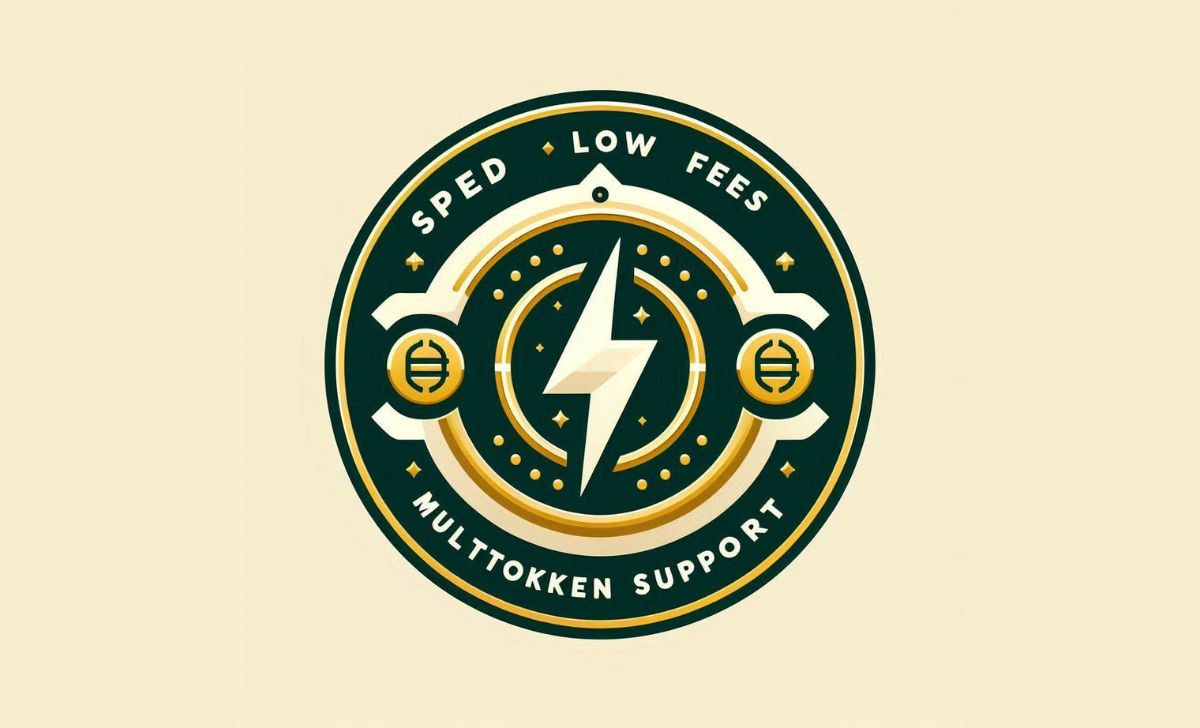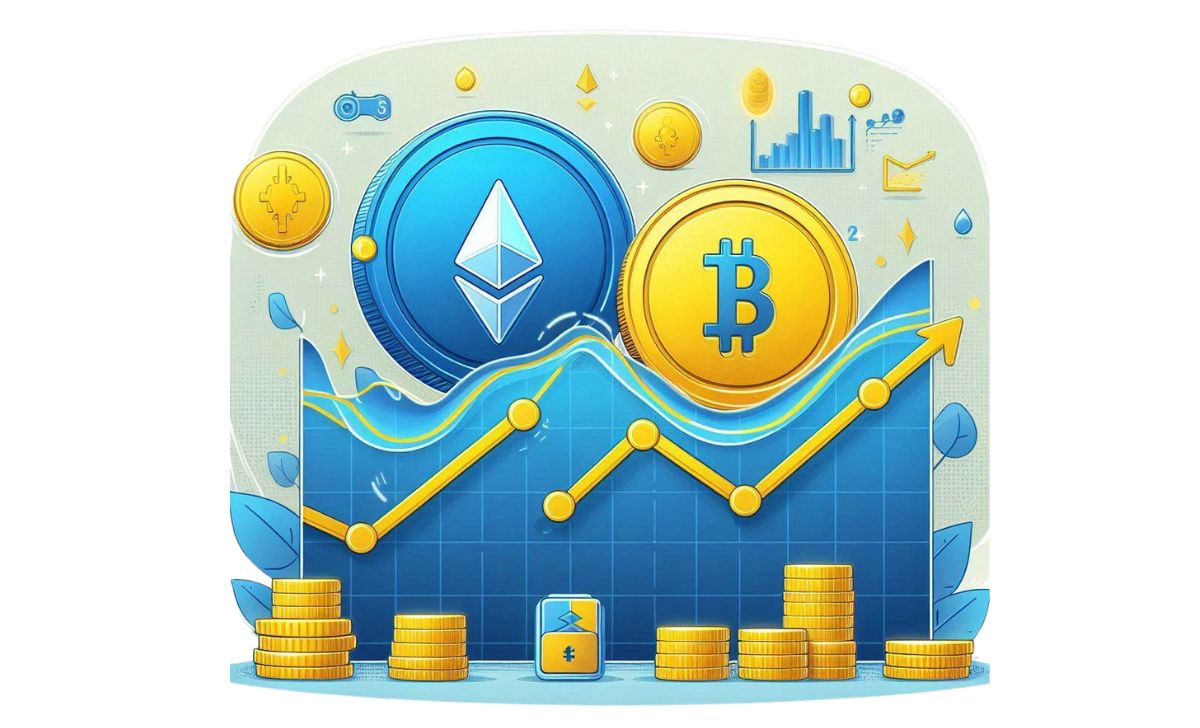Base DEX is a decentralized exchange built on the Base blockchain (Coinbase’s Layer 2), known for fast transactions, low fees, and deep integration with the Ethereum ecosystem. Platforms like Aerodrome, Uniswap V3 (Base), and PancakeSwap V3 (Base) lead in liquidity, asset diversity, and deliver a smooth trading experience.
In terms of security, Base DEX utilizes advanced smart contracts, supports multi-layer authentication, and adheres to Ethereum standards to safeguard user assets. If you’re looking for safe and efficient decentralized trading on Base, check out the analysis from TOPCOIN9 below.
Overview of Base DEX

Base DEX is a decentralized exchange platform built on Base, an Ethereum Layer 2, enabling peer-to-peer trading of cryptocurrencies without intermediaries (Wikipedia, 2020; QuickNode, 2025). Unlike centralized exchanges, Base DEX leverages smart contracts and blockchain technology to provide transparent, secure, and permissionless access to global crypto markets (Wikipedia, 2020; Glucksman & Hossein, NYU Stern, 2025).
- Key Infrastructure: Operates on blockchain layers that ensure transaction validation, protocol execution, and user-friendly interfaces, supporting high-speed and low-cost trading (Glucksman & Hossein, NYU Stern, 2025).
- Core Functions: Allows users to trade directly from their wallets, access a wide range of digital assets, and benefit from automated market making and liquidity pools (Wikipedia, 2020; QuickNode, 2025).
- Advantages: Offers lower fees, faster transactions, and greater privacy compared to traditional exchanges, while supporting the foundational infrastructure of decentralized finance (DeFi) (QuickNode, 2025).
- Security and Transparency: Utilizes open-source smart contracts and multi-signature protocols to protect user assets and ensure transparency in all operations (Wikipedia, 2020; QuickNode, 2025).
Base DEX serves as a cornerstone of the DeFi ecosystem on Base, expanding access, autonomy, and innovation for crypto traders worldwide (Wikipedia, 2020; QuickNode, 2025; Glucksman & Hossein, NYU Stern, 2025).
As the DeFi landscape evolves, users increasingly rely on defi apps not only for trading but also for portfolio management, yield farming, and accessing a wide range of decentralized financial services. Base DEX is designed to integrate seamlessly with leading defi apps, making it easier for users to track positions, manage assets, and optimize their DeFi strategies across multiple protocols.
With a solid introduction to Base DEX and its place in the decentralized exchange landscape, the next step is to examine the key features that define its user experience and functionality.
Key Features of Base DEX

Base DEX platforms offer a range of advanced features designed to enhance user experience, security, and trading efficiency (QuickNode, 2025; Wikipedia, 2020; NYU Stern, 2025).
- Layer 2 Speed and Low Fees: Built on Base, an Ethereum Layer 2, Base DEXs deliver rapid transaction speeds and significantly reduced fees compared to mainnet trading (QuickNode, 2025; Bitcoin.com, 2024).
- EVM Compatibility and Ethereum Integration: Full compatibility with Ethereum smart contracts and tokens, enabling seamless asset transfers and interoperability across the Ethereum ecosystem (QuickNode, 2025; Wikipedia, 2020).
- Automated Market Making (AMM) and Liquidity Pools: Use of smart contracts for automated token swaps, liquidity provision, and dynamic price discovery, removing the need for centralized order books (Wikipedia, 2020; NYU Stern, 2025).
- Non-Custodial Trading: Users retain control of their assets and private keys, with trades executed directly from their wallets enhancing security and transparency (QuickNode, 2025; Wikipedia, 2020).
- Multi-Signature and Advanced Security: Implementation of multi-signature wallets and rigorous smart contract audits to protect user funds and prevent unauthorized access (QuickNode, 2025).
- User-Friendly Interface: Intuitive design and easy onboarding, allowing both beginners and experienced traders to navigate, trade, and manage assets efficiently (QuickNode, 2025).
- Compliance and Transparency: Adherence to anti-money laundering (AML) and know-your-customer (KYC) standards, along with open-source smart contracts for public auditability (QuickNode, 2025).
These features make Base DEX a secure, accessible, and innovative platform for decentralized trading and asset management (QuickNode, 2025; Wikipedia, 2020; NYU Stern, 2025).
After highlighting these standout features, attention should turn to the liquidity mechanisms that support efficient trading and asset management on Base DEX.
Liquidity on Base DEX

Liquidity is fundamental to the efficiency and success of Base DEX platforms, enabling seamless trading, tight spreads, and deep markets for users (Coinbase Help, 2022; Kraken, 2023; Wikipedia, 2020).
- Liquidity Pools: Base DEXs use smart contracts to pool together pairs of tokens, allowing users to trade assets instantly and at fair prices. Liquidity providers (LPs) deposit funds and earn a share of trading fees, supporting market depth (Coinbase Help, 2022; Kraken, 2023).
- Market Share and Volume: As of September 2024, Base DEXs reached $1.08 billion in daily trading volume, accounting for 9.1% of all decentralized exchange activity across blockchains (CoinGecko, 2024). Major platforms include Aerodrome, PancakeSwap V3, and Uniswap V3, with Aerodrome alone handling 54% of Base’s DEX volume (CoinGecko, 2024).
- Leading Liquidity Engines: Aerodrome is recognized as the primary liquidity hub on Base, facilitating high-volume trading pairs and attracting both retail and institutional participants (Chaincatcher, 2024).
- Incentives for Providers: LPs are rewarded with a portion of transaction fees and sometimes additional incentives, such as yield farming opportunities, further boosting liquidity (Kraken, 2023; Coinbase Help, 2022).
- Strategic Liquidity Initiatives: New projects, like $FLUID, are seeding liquidity on Base and Arbitrum, allocating a portion of their supply to ensure deep and efficient markets for emerging tokens (Fluid DAO, 2025).
Robust liquidity on Base DEXs ensures efficient price discovery, reduced slippage, and a superior trading experience for all users (CoinGecko, 2024; Wikipedia, 2020; Kraken, 2023).
In addition to liquidity, security remains a top priority, especially for users seeking a reliable and trustworthy trading environment on blockchain platforms.
Security in Base DEX

Security is a top priority for Base DEX platforms, requiring robust technical safeguards and user vigilance to protect assets and maintain trust (Wikipedia, 2020; HackenProof, 2023; Bitcoin.com, 2024).
- Smart Contract Audits: Comprehensive audits and formal verification are essential to detect vulnerabilities such as reentrancy, overflow/underflow, and logic flaws before launch (Nadcab Labs, 2025; HackenProof, 2023).
- User-Controlled Funds: Base DEXs are non-custodial, so users are solely responsible for wallet security. Using hardware wallets, two-factor authentication, and never sharing private keys are best practices (Bitcoin.com, 2024; 101Blockchains, 2024).
- Risks and Threats: Common risks include smart contract exploits, front-running, oracle manipulation, and impermanent loss for liquidity providers (HackenProof, 2023; 101Blockchains, 2024).
- Transparency: All transactions and smart contract code are publicly verifiable on the blockchain, enabling independent audits and fostering user trust (Wikipedia, 2020; HackenProof, 2023).
- Continuous Monitoring: Regular penetration testing, dynamic monitoring, and prompt patching of discovered vulnerabilities are vital for ongoing security (Suffescom Solutions, 2025; HackenProof, 2023).
By combining rigorous smart contract audits, transparent operations, and strong user security practices, Base DEX platforms aim to deliver a secure and reliable trading environment (Wikipedia, 2020; HackenProof, 2023; Nadcab Labs, 2025).
Base DEX is shaping the future of decentralized trading with fast transactions, deep liquidity, and robust security on Ethereum Layer 2. Its user-focused features and transparent operations make it a top choice for both new and experienced traders in 2025. For expert reviews and the latest updates on Base DEX and DeFi trends, follow TOPCOIN9.

Sophia Mitchell is a passionate crypto educator with 6+ years of experience in blockchain training and community building. She has led educational initiatives for major crypto platforms and now empowers the TopCoin9 audience with valuable insights into Web3, staking, and DeFi.
Email: [email protected]












